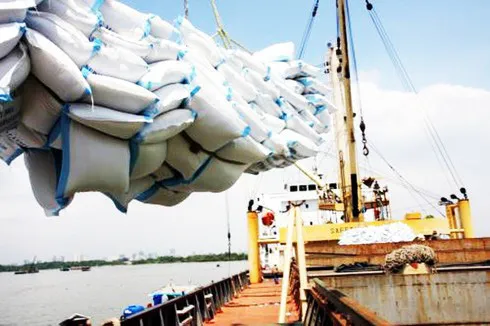Export price of rice suffers dramatic decrease

During the nine-month period, Vietnam shipped 5.56 million tonnes of rice abroad for US$2.43 billion. This figure represents a 6.1 per cent increase in volume, but a fall of 9.1 per cent in value in comparison to last year’s corresponding period. In contrast to rice exports in recent years, this indicates a sharp decrease.
The average export price throughout the reviewed period reached US$435.6 per tonne, down 13.4 per cent on-year.
This plunge can be attributed to high worldwide inventories of rice, in addition to rice from competitive markets such as Thailand and India being sold at attractive prices.
At present, the Philippines represents the nation’s leading rice export market with 35.1 per cent of the overall market share.
Furthermore, a number of emerging markets all enjoyed strong growth, with exports to Senegal posting a 297-fold increase, the Ivory Coast up 81.8 by per cent, whilst exports to Australia, and Hong Kong (China) rose by between 30 per cent and 70 per cent,.
Exports to the Philippines suffered a blow in September when the Philippines’ Department of Agriculture initiated a preliminary safeguard investigation into rice imports.
Despite this, the Ministry of Industry and Trade of the Philippines announced in October that the country would not be imposing additional import duties on imported rice from various countries. This serves as a boost for local rice businesses looking to export to this market.
In addition, the government of the Philippines has projected that the domestic demand for rice will steadily increase by 2030, with 14.5 million tonnes in 2022 (a rise of 4.3 per cent over 2019), 15.2 million tonnes in 2026 (up 9.4 per cent), and 16.0 million tons in 2030 (up 15.1 per cent).
Tags:





